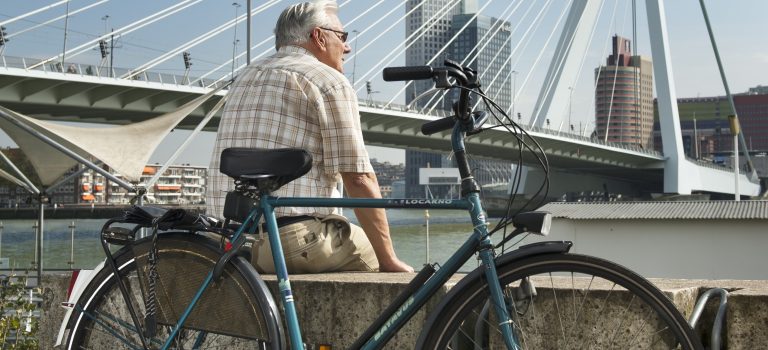February… Days are getting longer and a little bit less cold. Snow days are scarcer every week that passes by. Winter is almost over. I was afraid I might have found it a tough experience, but the truth is I loved every day of it, every day of snow, every bit of hail and every freezing evening with temperatures under zero. The best of the winter, however, were the Christmas holidays.
For as long as I can remember, Christmas has been my favorite time of the year. These last holidays were particularly special because I got to experience them from a completely different cultural context. I learned about Sinterklaas and I actually had him visit me and my fellow students at the Leyden Academy – it was a great surprise and we had quite a merry time while one of my classmates sat on his lap and sang a sinterklaasliedje. I got to experience first-hand the Christmas markets, and drank my share of hot wine, hot chocolate and all sorts of delicious seasonal treats. No wonder I put on a couple of kilo’s which I am now struggling to get rid of!
Special Christmas
One thing that made this Christmas even more special was having part of my family visiting over the holidays and travelling around with them. We went to Paris, where we spent Christmas, then Luxembourg, Brussels and finally Amsterdam for New Year. In the picture you see my grandfather and me in Versailles, France. Later on in January I received yet another visit – a very special one – and had the loveliest time in the last few months.
Current practices of geriatric medicine
Still, all things come to an end, and now it’s back to reality and hard working at the Leyden Academy. Not that I complain, though. I am still enjoying it as much as ever, even when it can be quite challenging. For example in our last course, Multimorbidity and Geriatric Giants, we learned some revolutionary concepts that bring into question some of the current practices of geriatric medicine. For a trained geriatrician like me, this can be shocking to say the least, but I am fully convinced that the only way to make progress and improve our practices is to constantly question and rethink what we hold as true and valid. After all, science is about a continuous and renewed search for answers that allow us to pose new questions. I find this quite stimulating.
Chinese New Year
Getting along with people comes rather easily to me, and this has been a very useful skill. I have made good friends with my classmates from the Master, but also with other international students outside the master. I am not that much of an all-night-party guy anymore, but I always take pleasure in an evening out or a nice dinner and I do enjoy the occasional party. For example, just last weekend a friend from the Master who is from China invited us to celebrate Chinese New Year at her place. We had a great time! In the picture you see fellow student Tianyi Bu leading the celebration of the Year of the Snake.
Orientation meeting for students
I remember that shortly before departing from Mexico I attended an orientation meeting for students who were going to live in The Netherlands. One of the speakers told us about a process of adaptation that most students go through, which consists of three phases: a honeymoon, when everything is new and exciting, followed by a blue phase, where homesickness is the main feature, and finally a phase during which students adjust to their life abroad. At that moment, I thought this was a very useful bit of information, and I was prepared to go through these phases. I don’t know what happened, though, because I am now well adjusted but still living my honeymoon with The Netherlands and I don’t see the end of it coming at all. I have only half a year left here and I intend to make the most of it. No time for homesickness, no time for longing. Every single day that passes is beautiful, unique and will never come back. This only happens once in a lifetime and I won’t miss the chance to live it!
They say that home is where the heart is. I say that home is where one makes it. And come to that, I am pretty sure I have made myself at home in this wonderful place, the memories of which I shall treasure forever.
